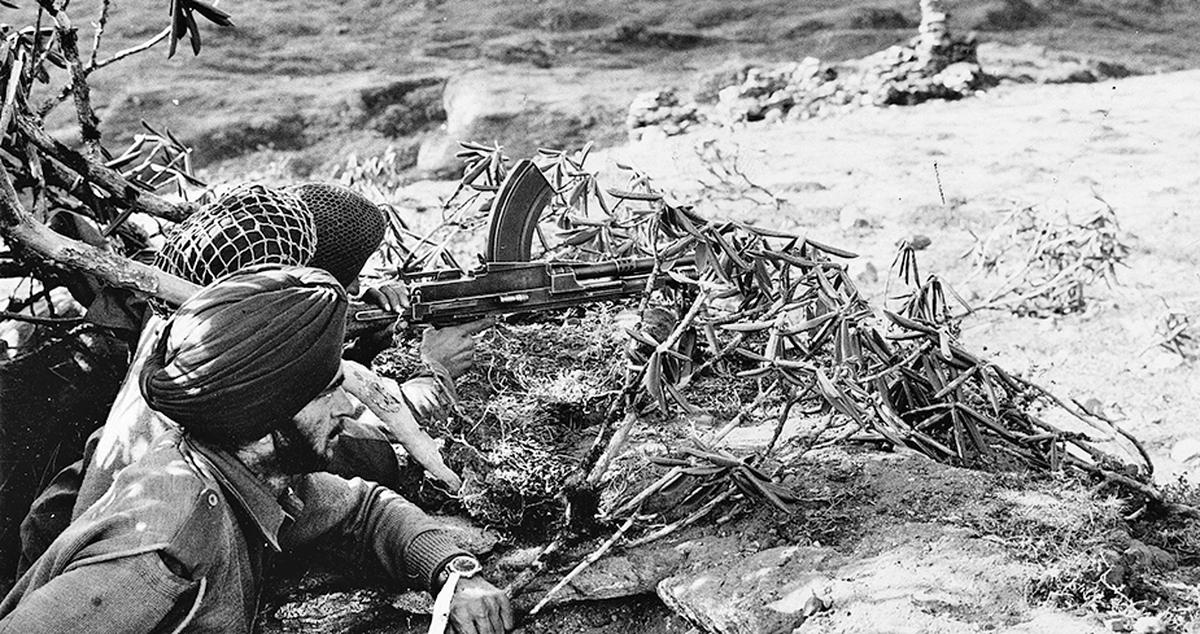
In China, 1962 anniversary brings new attention to ‘forgotten’ war
The Hindu
The renewed focus in 1962 has coincided with the downturn in relations and the return of the border dispute to the front and centre of the relationship
On the 60th anniversary of the India-China war, which began with a Chinese attack on October 20, 1962, China’s military and media are paying renewed attention to a war that was largely previously sidelined in official Chinese military histories.
In the weeks and months leading up to Thursday’s anniversary, the People’s Liberation Army (PLA) has showcased the war in an exhibition marking its 95th anniversary, as well as published a new military history of the war titled “One Hundred Questions on the China-India Border Self-Defence Counterattack”. China officially calls the war that it launched with a massive onslaught as a “counterattack” to justify its actions.
The PLA exhibition, in Beijing’s Military Museum, blames India for the conflict. “China and India have never formally demarcated their borders in their past. There is only a traditional customary line formed according to the administrative jurisdiction of both sides,” it says. “After August 1959, the Indian army invaded Chinese territory many times, causing armed border conflicts. In October 1962, the Indian army launched a large-scale attack and Chinese border defence forces were forced to flight back in self defence. It lasted 33 days and the military recovered the Chinese territory occupied by the Indian army after August 1959.”
The exhibition also highlighted the June 2020 Galwan Valley clash. The renewed focus in 1962 has coincided with the downturn in relations and the return of the border dispute to the front and centre of the relationship. The war has sometimes between described by Chinese observers as a “forgotten” war that did not receive the attention of the war against Japanese occupation or Korean War which have been a staple of Chinese television dramas and films.
The new war history has been put together by Zhang Xiaokang, daughter of former PLA General Zhang Guohua who headed the Tibet military region and planned the Chinese offensive in the eastern sector. Extracts of the book, that were first published in January, were this week once again published by the popular Chinese website Guancha. It said “generations of soldiers and military fans have always been interested” in the war.
The main focus has been on stories of PLA war veterans. While General Zhang Xiaokang is the focus of the new book, commentaries this week highlighted other 1962 Generals. An October 16 article focused on Ding Sheng and the PLA’s early offensive strategies, noting that it had drawn on its experience in the Korean War.
An October 9 commentary by Feng Ping, an account that focuses on Chinese history, quoted the writings of another PLA General, Tang Yinfa who was a PLA political commissar in Tibet, on his observations of the Indian army, which he noted were “very strong” but hampered by “a chaotic command system and the disconnect between politics and military in decision-making, with decision-making in the hands of civilian officials who do not understand the military at all”.











